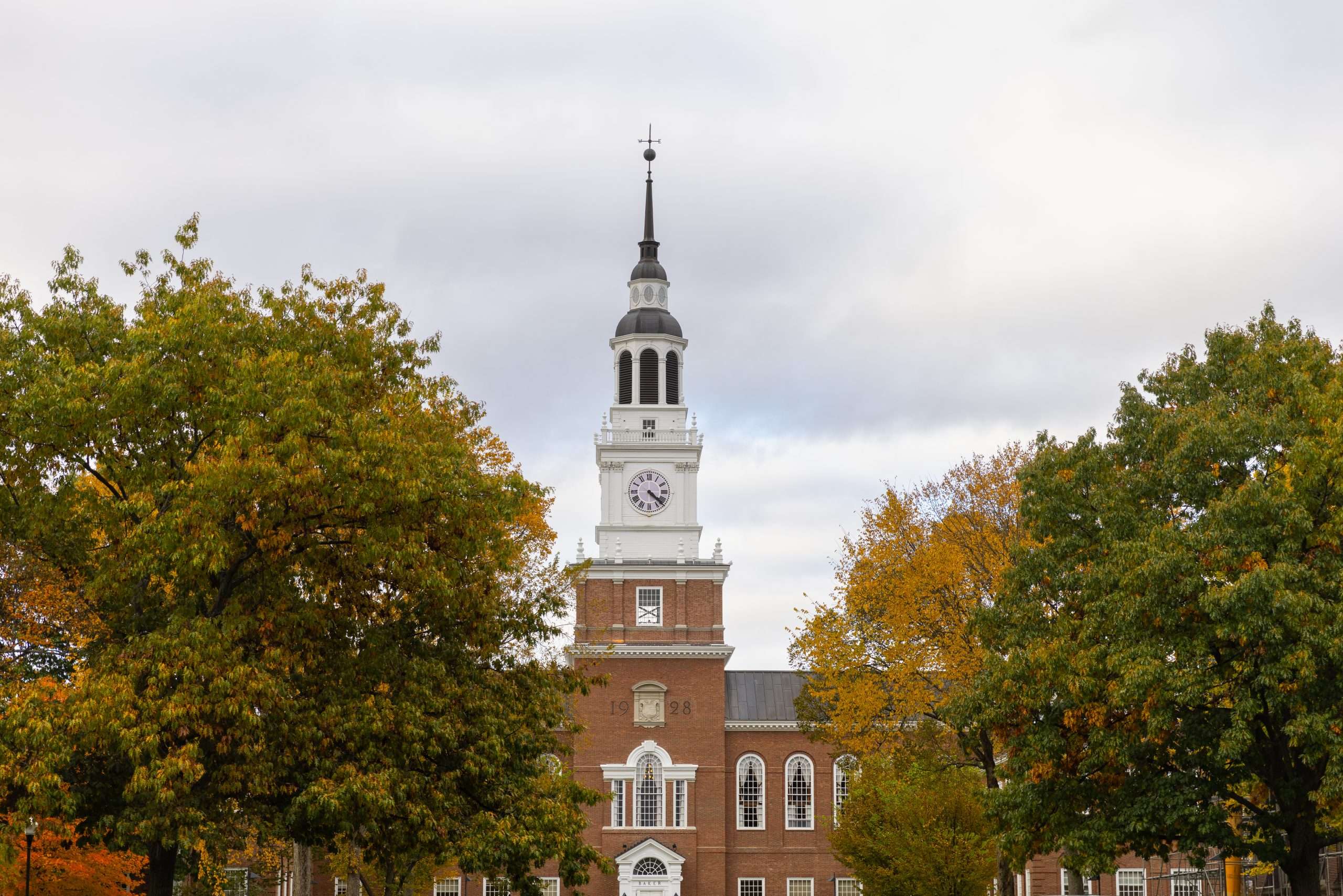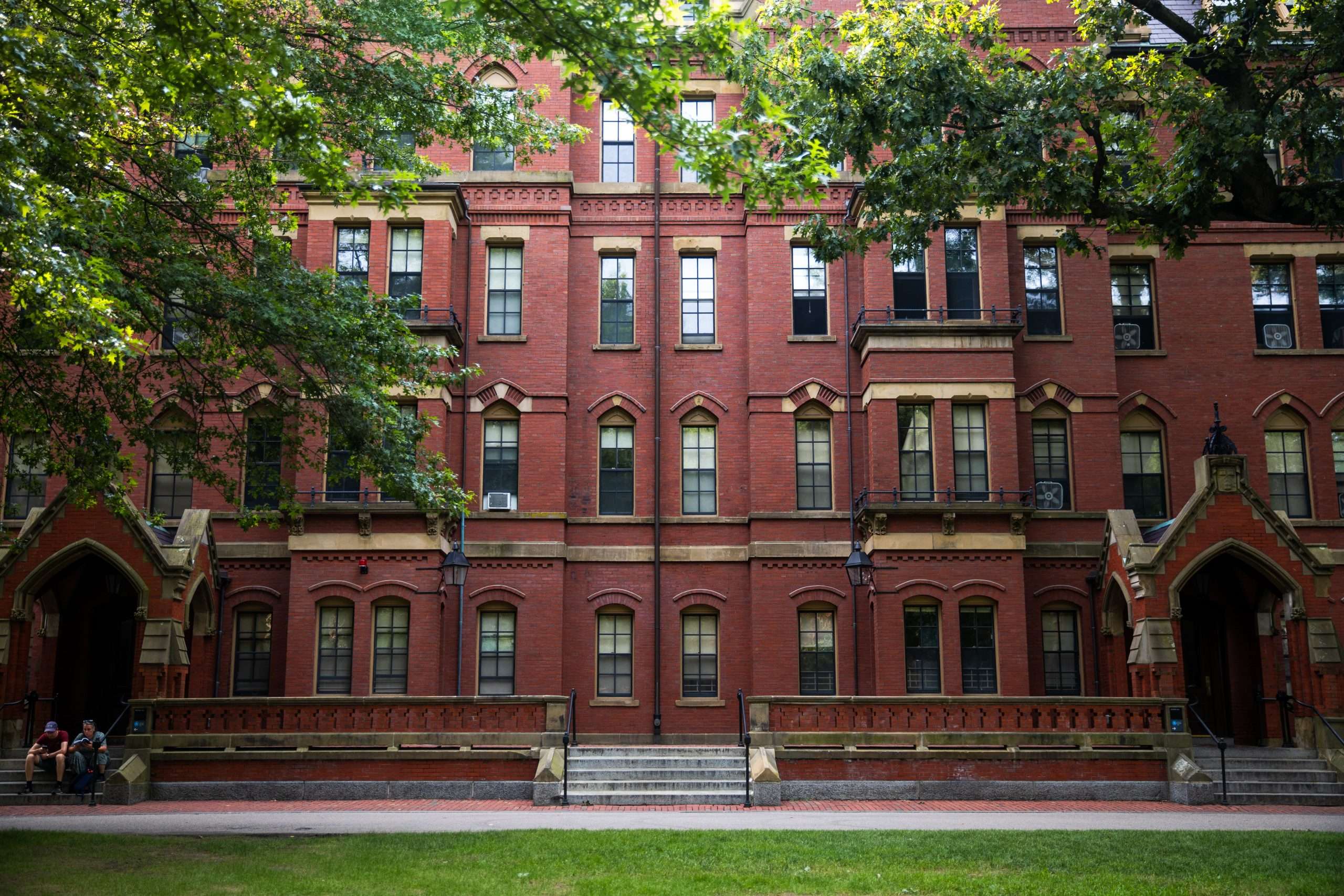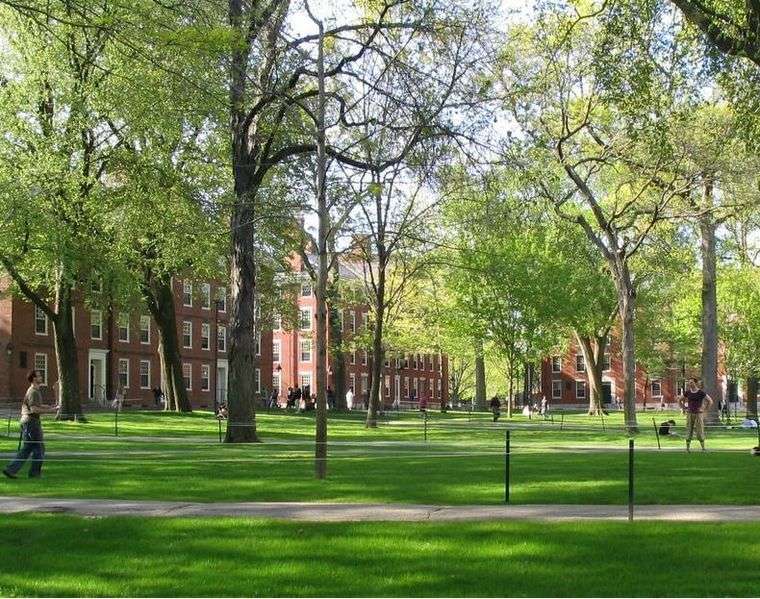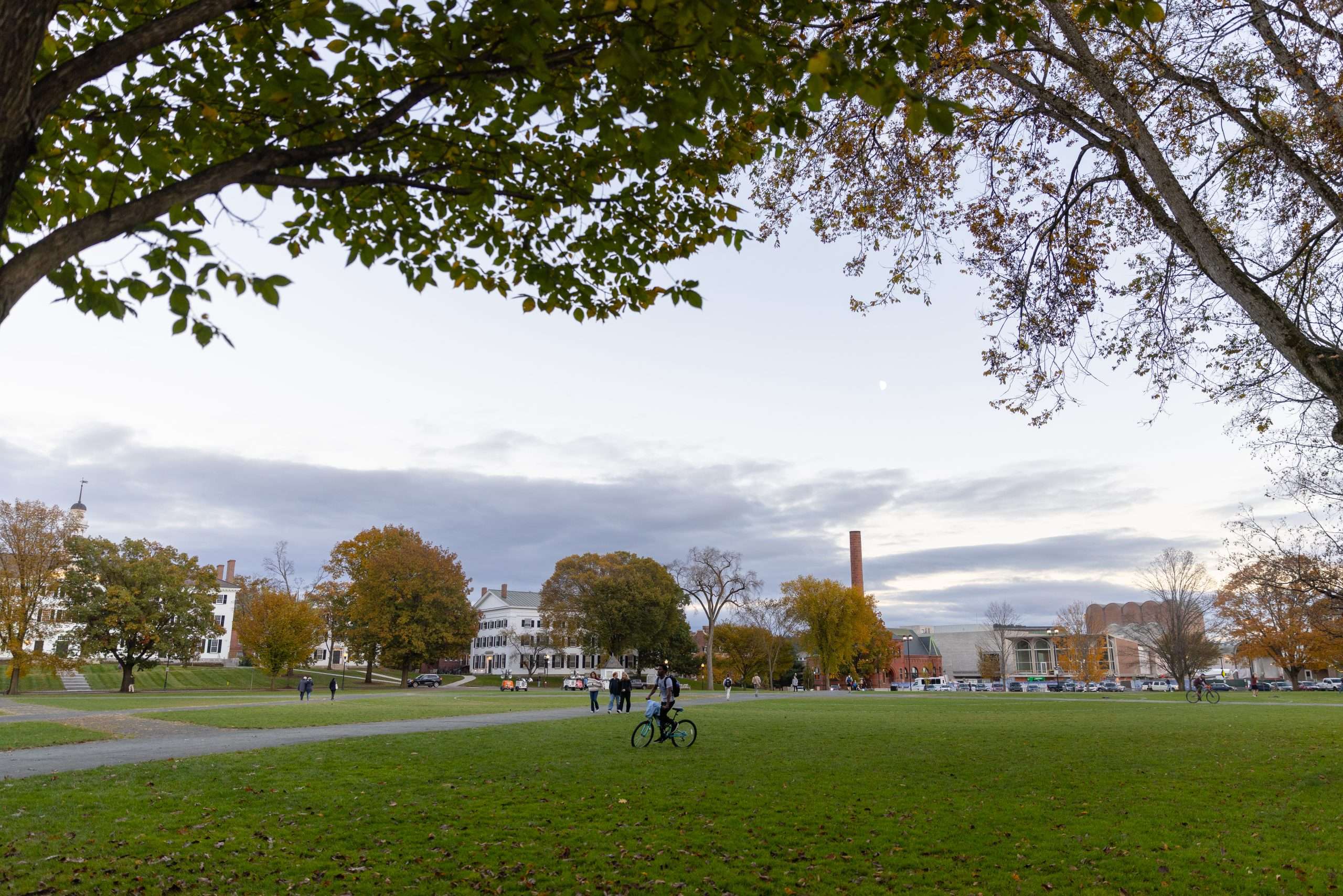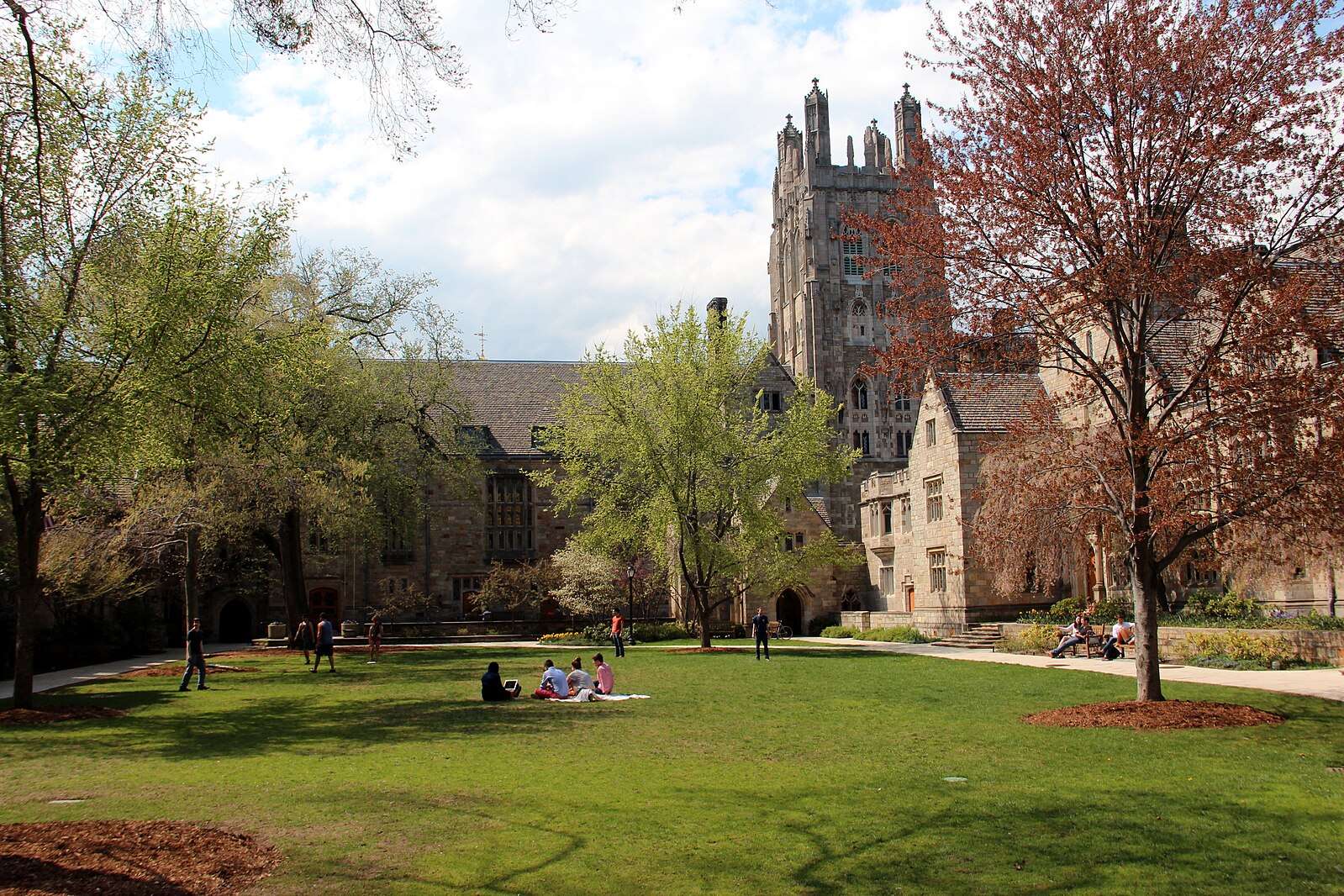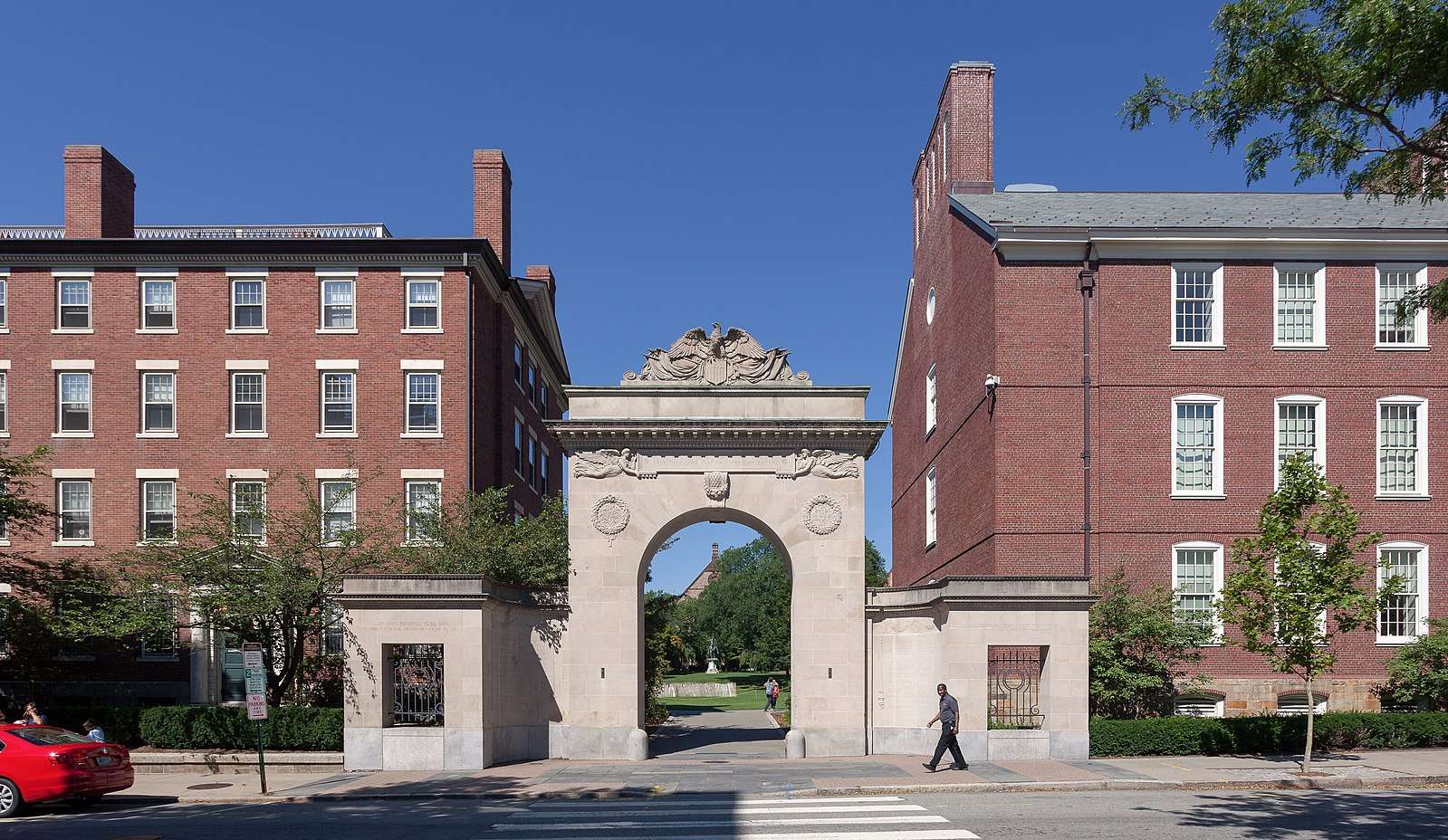The Ivy Coach Daily
The Eating Clubs at Princeton University: A Breakdown
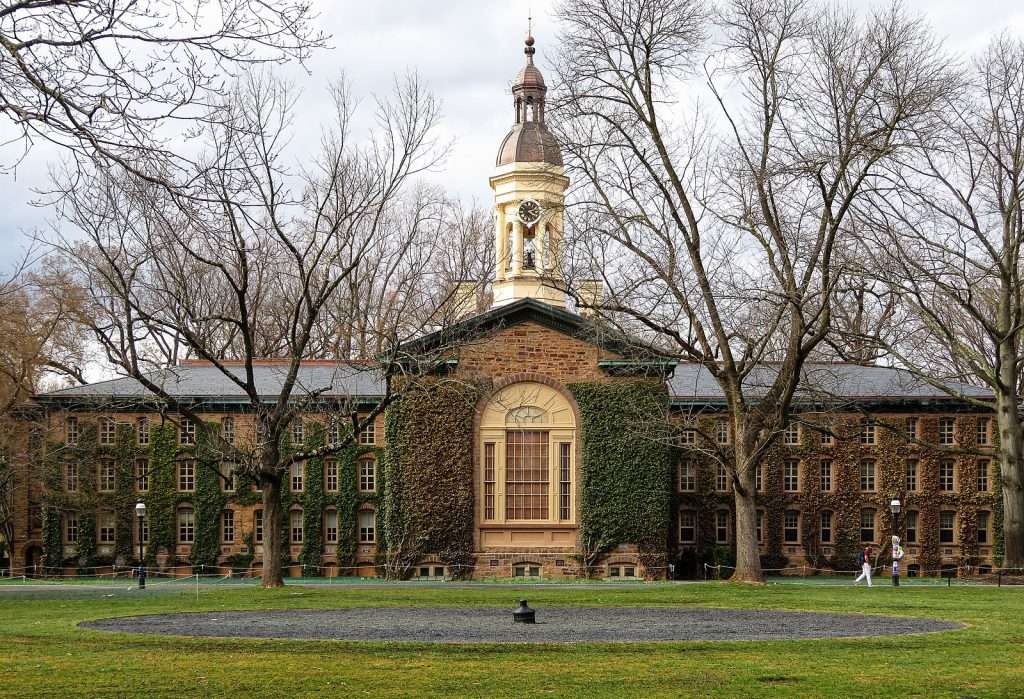
Each Ivy League school contains its own ecosystem of prestigious social clubs which students vie for entry into. Princeton’s version of this ecosystem is dominated by the ’eating clubs,’ a set of eleven organizations that furnish upperclassmen with lavish mansions for socializing, studying, partying, and, of course, eating. Each eating club is housed in a historic building along Prospect Ave. in the heart of campus (with the exception of Terrace club, which sits just adjacent to Prospect). Both the history and the controversy surrounding these clubs run deep, so why exactly do they draw so much adoration and ire alike?
Eating Clubs: A History of Exclusion and Gradual Change
While the first eating clubs at Princeton date back to the eighteenth century, a history of frequent membership turnover, financial difficulties, and housing changes made many of the earliest clubs go defunct. The first clubs to establish a permanent presence on campus came about in the late nineteenth century.
As Princeton alum F. Scott Fitzgerald famously opined of the original clubs in his debut 1920 novel This Side of Paradise , they each have reputations for a distinct brand of elitism: “Ivy, detached and breathlessly aristocratic; Cottage, an impressive melange of brilliant adventurers and well-dressed philanderers; Tiger Inn, broad-shouldered and athletic, vitalized by an honest elaboration of prep-school standards; Cap and Gown; flamboyant Colonial; Literary Quadrangle, and the dozen others, varying in age and positions.”
By the 1970s, once Princeton became coeducational, some of the clubs began to admit women. In 1991, after a protracted legal battle, the remaining clubs were forced to become coeducational, and today all students are welcome to try their hand at joining any club.
How Do Princeton’s Eating Clubs Work?
Some mistakenly believe these clubs house their membership, but this isn’t true. They exclusively function as dining halls and social spaces that bring together fellow Princetonians, while carrying out limited charitable and community service work to maintain tax-exempt status. Eating clubs distinguish themselves from comparable institutions at other Ivy League schools, like Harvard’s final clubs, by their primary status as dining halls. In fact, most upperclassmen rely almost exclusively on the clubs for their meals, abandoning Princeton’s dining services once membership is secured.
Six of the current clubs choose their membership from the sophomore class during a selective admissions process called “bicker,” while the remaining five are “open,” making use of what is essentially a first-come, first-serve membership sign up process. The clubs organize events for sophomores to learn more about the clubs, get a sense of the membership profile, and in some cases, prove their devotion to current members. Once admitted, sophomores get limited access to club facilities, and once they become juniors, members are expected to pay dues ranging from $9,500 to $12,100 to cover food and amenities. Even though financial aid is offered for those who need it, the high cost of dues make membership prohibitive for some.
What Outsiders Get Wrong About Princeton’s Eating Clubs
While it may sound absurd given their history of exclusion, the eating clubs are a slightly more democratic variety of social organization relative to other such organizations at elite universities. 68% of upperclassmen at Princeton count themselves as members of an eating club (a much higher percentage, for example, than the proportion of final club members on Harvard’s campus), and the vast majority who seek admission will get into one. Unsurprisingly, many calls for abolition of the club system have been heard across campus, calls that resonate with those who fail to find community within these organizations. But the fact of the matter is that eating clubs are popular amongst students and provide members with great food, close connections, and ample opportunities for professional networking.
Eating clubs are also much bigger than the typical final club or Yale secret society, with approximately 150 to 200 students on the rolls in each club. Because of their size, dining functionality, and ubiquity among undergraduates, eating clubs are shrouded in far less secrecy than their counterparts at other Ivies, and this arguably results in more accountability to student needs. They certainly form into an imperfect system that can perpetuate many social ills, but they are not leaving Princeton’s campus any time soon.
You are permitted to use www.ivycoach.com (including the content of the Blog) for your personal, non-commercial use only. You must not copy, download, print, or otherwise distribute the content on our site without the prior written consent of Ivy Coach, Inc.
TOWARD THE CONQUEST OF ADMISSION
If you’re interested in Ivy Coach’s college counseling, fill out our complimentary consultation form and we’ll be in touch.
Get Started